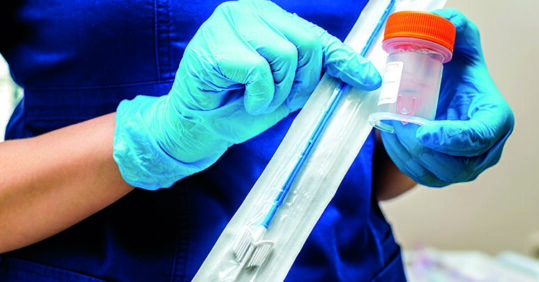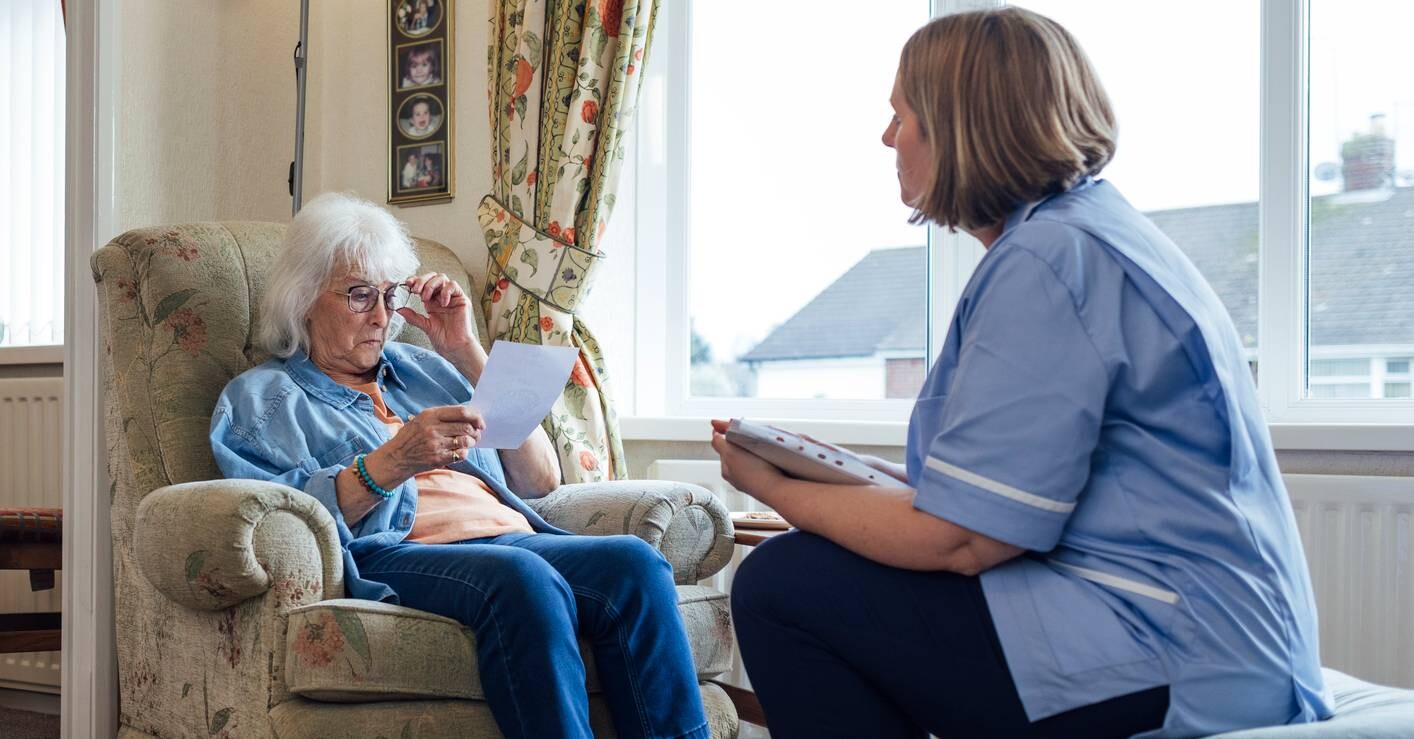Tackle health inequalities to improve cervical screening uptake

As health professionals mark Cervical Screening Awareness Week this week, public health experts have said that primary care professionals, including nurses, must continue to tackle health inequalities to improve screening rates.
General practice teams should ‘ensure their practice is accessible to the community’ to help women receiving lifesaving tests, Hannah Wright, policy lead for Jo’s Cervical Cancer Trust, has said.
While around 3,200 women are diagnosed with cervical cancer in the UK each year, the condition is preventable through screening and human papillomavirus (HPV) vaccination, and experts believe the cancer could be eradicated completely in the future.
However, the number of women in England not receiving routine screening is at the highest in a decade, with over 4.6 million women between 25-64 not having been screened, according to NHS England data.
Related Article: New preceptorship package for social care nurses
Across the UK, screening rates are far below World Health Organization targets of 70, as more than two-thirds of women or trans individuals with a cervix are not up to date with their tests.
Ms Wright told Nursing in Practice that the groups that are less likely to attend cervical screening are people from more deprived backgrounds, disabled women, and women from certain ethnic minorities.
Some of these barriers to attending for cervical screening may be ‘logistical’, she said.
For example, data analysed by Jo’s Cervical Cancer Trust found that two-thirds of disabled women have been unable to attend a screening, and 80% of women in full time work struggle to get a convenient appointment.
Likewise, Jessica Turner, professional lead for public health at the Royal College of Nursing, told Nursing in Practice that ‘for a lot of people, going to a screening isn’t a simple choice’.
‘What can be an easy decision for some people isn’t easy for others. It could be mental health, changes in their lives, or lack of access to a screening.
‘In one respect we need to make people aware and give them all the information they need, but we also need to look at the wider issues and the wider determinates of health.’
Related Article: Applications to study nursing in England at ‘new low’
Some of the barriers facing women are more complex, such as for survivors of sexual violence for whom the procedure can be unsettling.
The same report found that almost half of all survivors of sexual violence have not attended cervical screening.
Ms Wright says that even some of the language used around cervical screening, for instance telling a patient to ‘just relax’ or ‘open your legs’, can be ‘very upsetting’ for patients with a history of sexual violence.
While these barriers are complex, Ms Wright insists that general practice nurses can help increase the number of women receiving screening by ‘making the process more accessible and more comfortable’.
Ms Turner says GPNs’ knowledge of the community means they have an ‘absolutely vital’ role to play in bringing screening rates back up to target levels.
Related Article: Paul Rees appointed as permanent NMC chief executive and registrar
Ms Turner said that nurses in general practice ‘see the reality of health inequality day in day out; they know about the stark differences in life expectancy and quality of life in their communities’.
She added: ‘It’s really important as health and social care professionals that we understand what the barriers to screening are and then we can work with communities to try and make services suitable for the needs of the people.’

See how our symptom tool can help you make better sense of patient presentations
Click here to search a symptom




